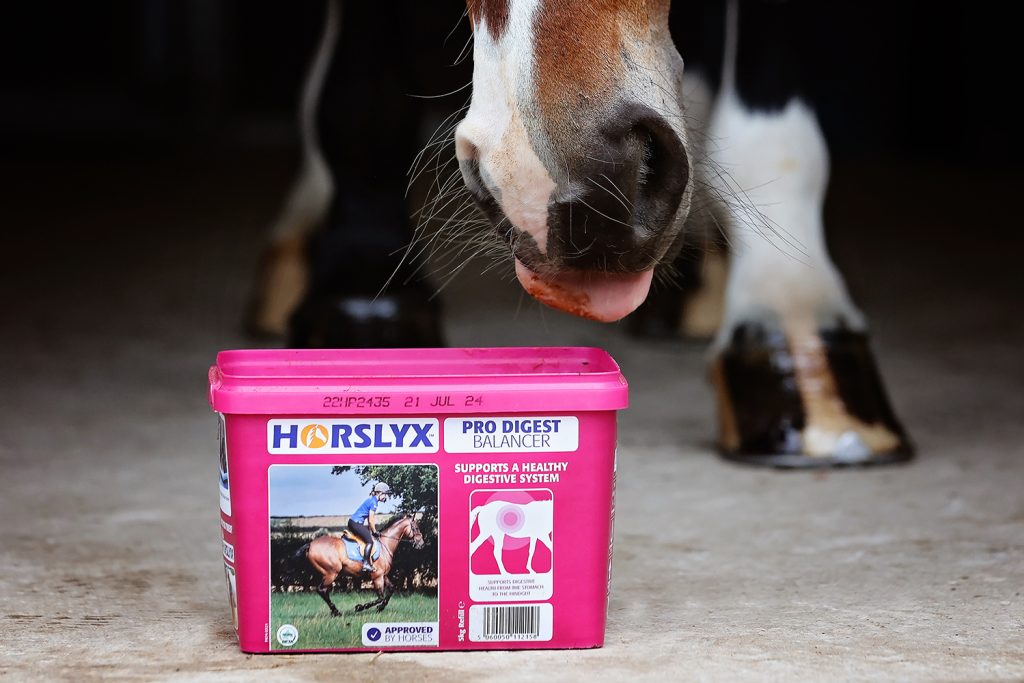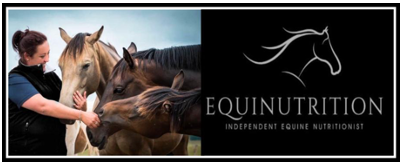No products in the basket.
General
Navigating Your Horse Through Spring
“As we come to the change of clocks and move in to British Summer Time, this is the ideal time to consider our horse’s diet, along with plans for the coming months. We spoke to Jennifer Little at Equinutrition once again to gain her views on this time of year, and what we need to consider as horse owners.
As the days are getting noticeably longer it can be very tempting to want to leave winter behind and rush into spring and onto summer. But the array of changes that are involved can pose potential problems and challenges for your horse. Now is a great time to take a step back to assess your horses body condition, workload and management, and then to consider how these factors are likely to change over the coming months.
Spring and Body Condition Scoring
Winter is more likely to cause issues with excessive weight loss in the poor doers, whereas summer can cause issues with excessive weight gain for the good doers. This time of year is ideal to review your horse’s body condition. A useful tool for this is Body Condition Scoring (BCS), where a number on a scale of either 1-5 (or 1-9) is used to grade the level of fat and muscle tissue on that horse’s frame. Either scale is suitable, and the choice is often down to the user’s preference. Horses graded 1-2/5 (or 1-3/9) would be classed as underweight or even emaciated. Whereas horses graded 4-5/5 (or 7-9/9) would be classed as overweight or even obese. The ideal BCS would be a 3/5 (or 5/9). These horses are in the lowest risk category for diseases or injuries, but with the highest probability for working performance.
The horses in ideal condition will have well covered necks, but without any visible crest, their shoulders will be well defined at the base of the neck, their ribs will be easily felt with a flat hand, and their rumps will appear round but without appearing as heart shaped. Those in poorer condition may need their diets and management adjusting between now and the Spring grass’s appearance to prevent excessive weight loss. For those horses above an ideal body condition the likely weight gain over spring and summer may pose a real risk to their probability of diseases such as Equine Metabolic Syndrome and laminitis.
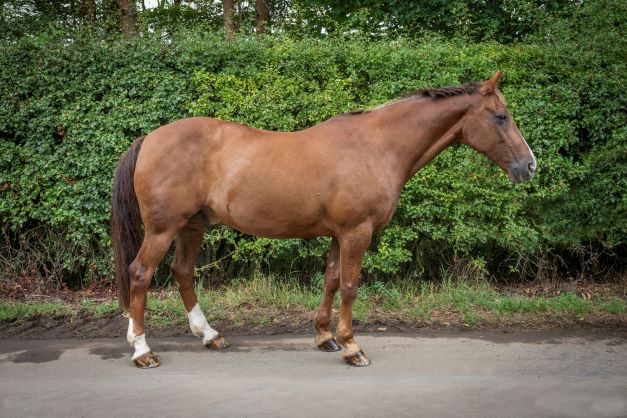
These individuals may need management and diet changes to capitalise on the last of the colder weeks to achieve some desired fat loss. Ascertaining your horses pre-Spring BCS can be a valuable first step in planning for the likely Spring changes.
Spring and ‘enthusiastic behaviours’
As the hours of daylight are reliably increasing, the weather’s ability to disrupt a horse’s workload is still not so reliable at this time of the year. This is also the same time of year where I more frequently hear of owners concerns for ‘over enthusiastic behaviours’ from their horses. This combined with the prevalence of equine obesity in the UK, can result in hard feeds being reduced to the point of a token bucket feed. However, many compound feeds have a feeding rate of 400g/100Kg body weight, so a 500kg horse would require 2kg of this compound feed per day.
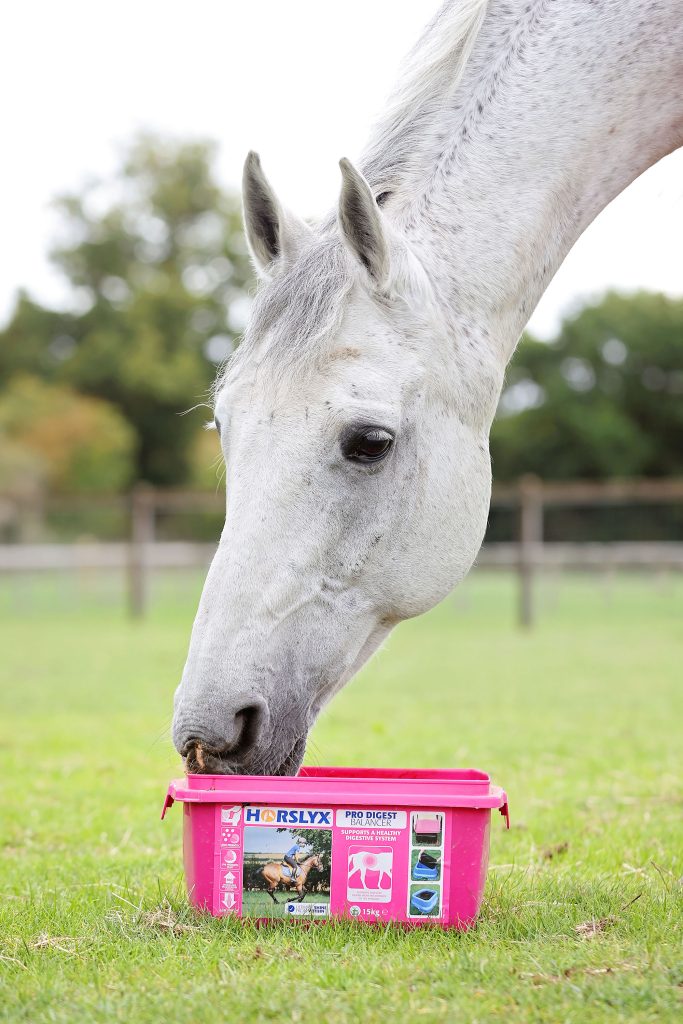
If the amount fed has to be reduced for energy of calorie restrictions, it also unfortunately restricts the provision of vitamins and minerals below the level required for a balanced ration. Rather than feeding below the recommended amount it can be advisable to select a feed with a lower feeding rate, such as a balancer. This will ensure the provision of sufficient vitamins and minerals to complement the forage, but with a reduced energy or calorie contribution. Balancers are often found in a pelleted form with a feeding rate of 100g/100Kg body weight, so a 500kg horse would require 0.5kg of balancer per day. An alternative form of a balancer is vitamin and mineral blocks for the fields or stables, such as the Horslyx Balancer range, with a feeding rate of just 250g per day for a 500kg horse.
Fibre and forages in Spring
At the mere mention of Spring, many horse owners start thinking of grass, warmer weather and longer days. For many horses, this is when their winter management changes to that of their summer management. Grazing and fibre sources often represent the biggest Spring change. This can be in the form of turnout, including changes of fields, length of turn out time, the nutritional content of the grass and even the amount of grass available.
The main source of fibre is likely to change from the winter supply of dried forages such as hay or haylage to that of grass. In many management systems turn out rather than stabling can be less labour intensive and financially cheaper. Care should be taken to not allow these factors to encourage you to rush these changes.
Rapid changes of forage sources can pose a real threat to the balance of the bacteria in a horse’s hindgut, increasing the risk of hindgut acidosis and even colic. Changes in fibre sources should take place with a transition period over at least two weeks. Horses should be introduced to new grass or fields in stages of gradually increasing durations of turnout time, allowing the
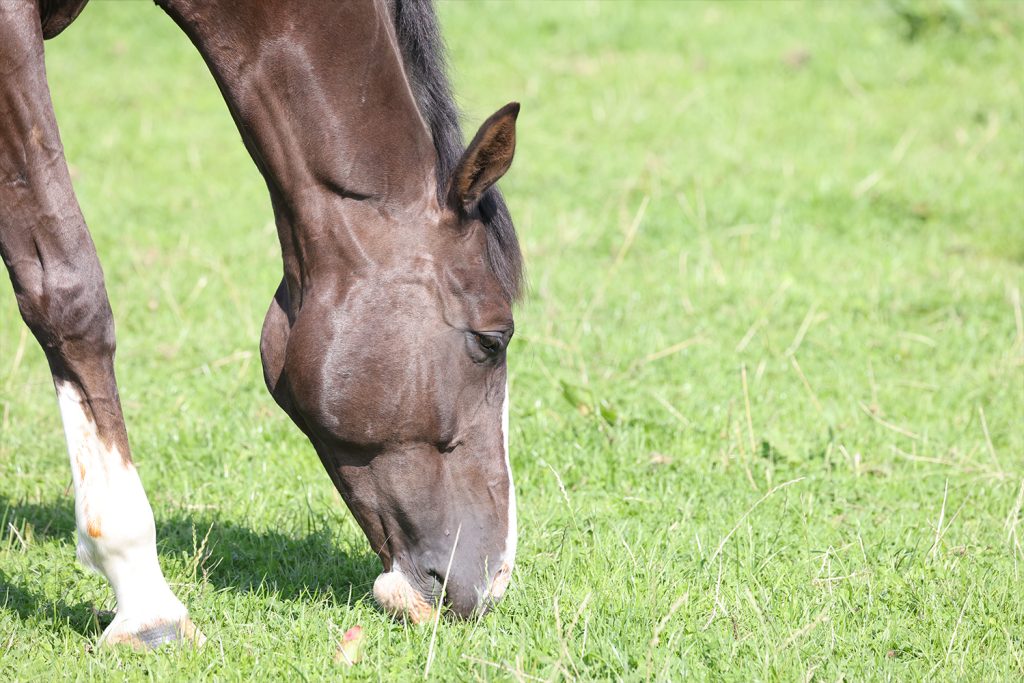
time required for the bacteria within the horse’s hindgut to adapt to these changes. The bacteria in the hindgut are responsible for breaking down the fibre and converting it into an energy source for the horse. As fibre should make up the largest portion of a horse’s diet, any changes to the source of that fibre can pose a real challenge to maintaining a healthy hindgut bacterial population and it’s functioning. Planning for these changes and ensuring a transition period can be an effective approach for the continued health of your horse.
Spring and workload
Now is also a great time of the year to consider how your horse’s workload is likely to change, if there are plans to compete, attend clinics or events over the summer months. Also, to consider if fitness programmes and goals are required to safely achieve these plans. As workload increases a horses Body Condition Score (BCS) is a key factor for performance, with an ideal BCS of 2.5-3.5/5 (4-6/9).
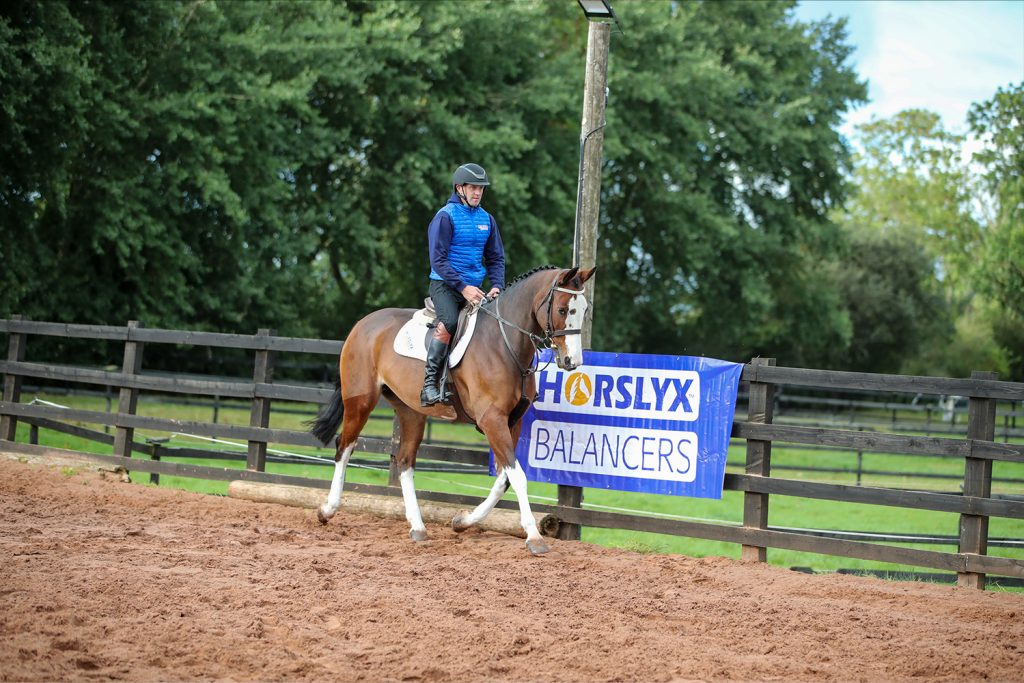
At lower work levels, spring grass has the potential to meet and even exceed many horses’ fibre, protein and total energy requirements. In this scenario care should be taken to monitor changes in BCS and where required, to implement management changes before excessive weight gain occurs. However, this same spring grass will fail to provide sufficient levels of certain vitamins and minerals even at low work levels. Again, the use of a balancer can help to achieve a nutritionally correct ration. At higher work levels even Spring grass may fall short of providing the required protein and total energy requirements.
This may be evident by a loss in BCS or through lack of energy in work. In this scenario a balancer may fall short in providing for these deficiencies, and the introduction of a suitable compound feed formulated for higher work levels may be required. Again, this introduction should observe a transition period, slowly increasing the amount fed to help to support a healthy hindgut bacterial population and function.
Once the amount of the compound fed reaches the stated minimum feeding rate, the provision of the balancer is no longer required to achieve a balanced ration. Although a lack of energy in work should not be confused with a lack of fitness. Before stepping up the energy and calorie provision of a horses diet it is advisable to review if this is a true lack of energy, or an insufficient fitness level.
Providing a diet balanced alongside the changes of fibre sources is a strong foundation for the horse’s health and performance for the year.
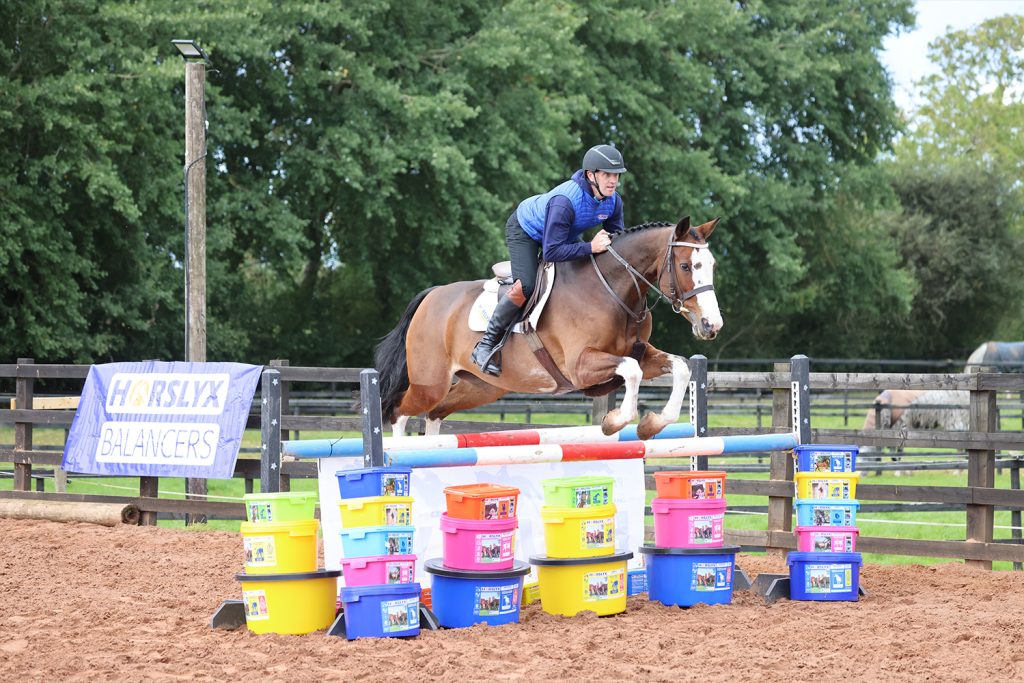
The use of a Horslyx Balancer can provide a consistency in the provision of vitamins and minerals as a horse progresses between lower and higher levels of workload, and as management changes from stable to field based. At this time of year, the Horslyx Pro Digest Balancer achieves this, and also provides Pre and Pro biotics to support the hindgut bacterial population through these seasonal challenges.
[row_inner_3] [col_inner_3 span=”6″ span__sm=”12″]Spring check list
- A diary or wall planner to record BCS’s and the likely dates of changes to management or workload. Also, to list competitions or events hoped to attend
- Assess Body Condition Scores
- Review actual vs. minimum feeding rates of compound feed, and change accordingly
- Plan for likely management changes
- Plan for increasing workloads
